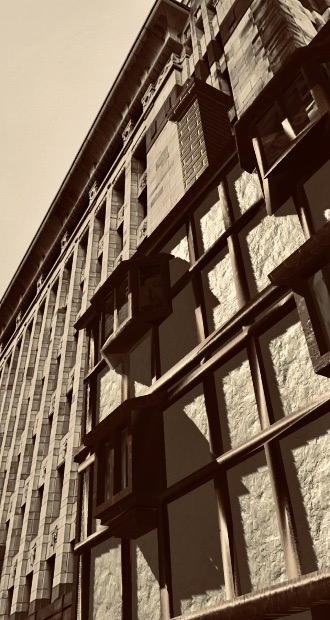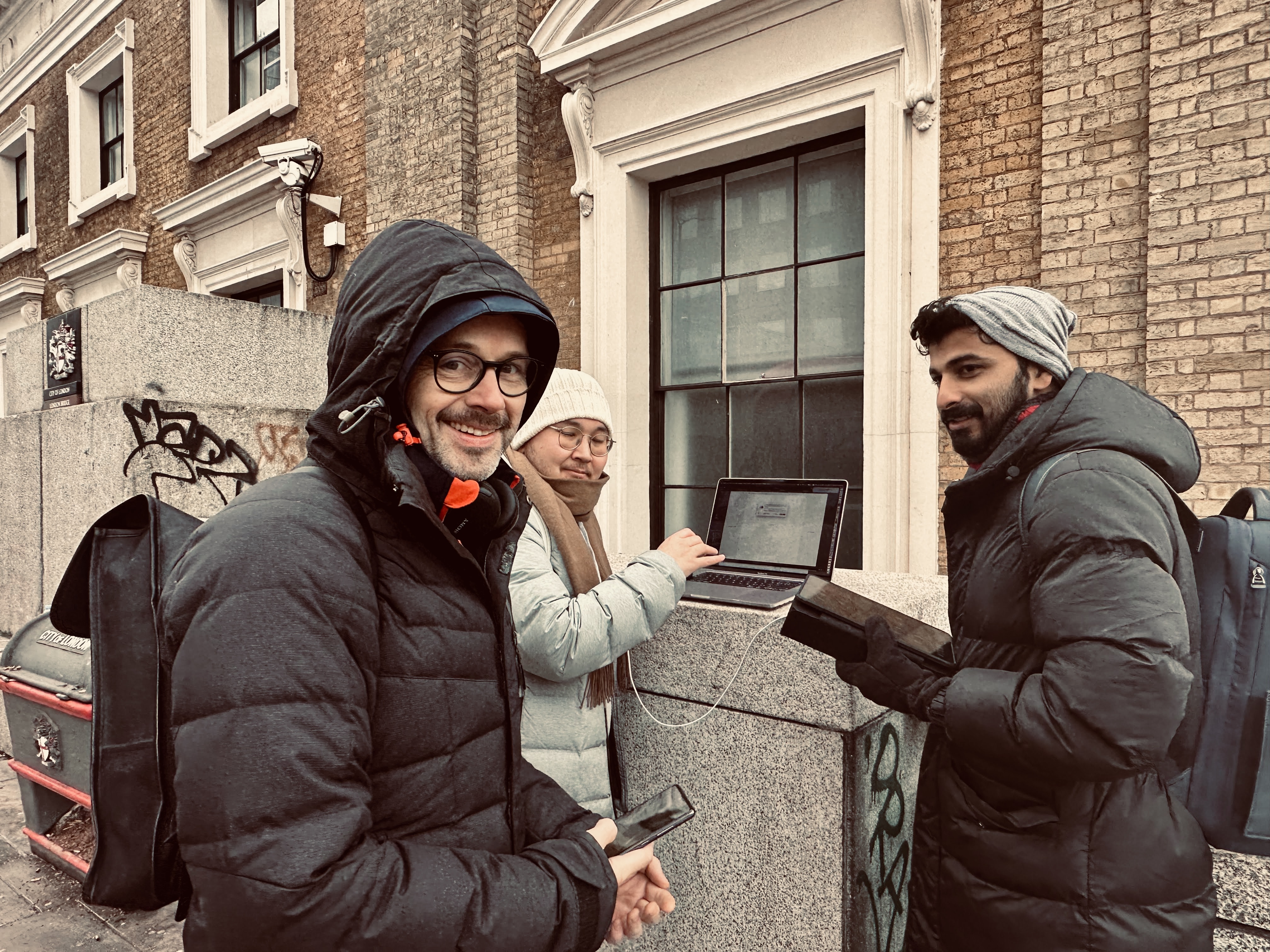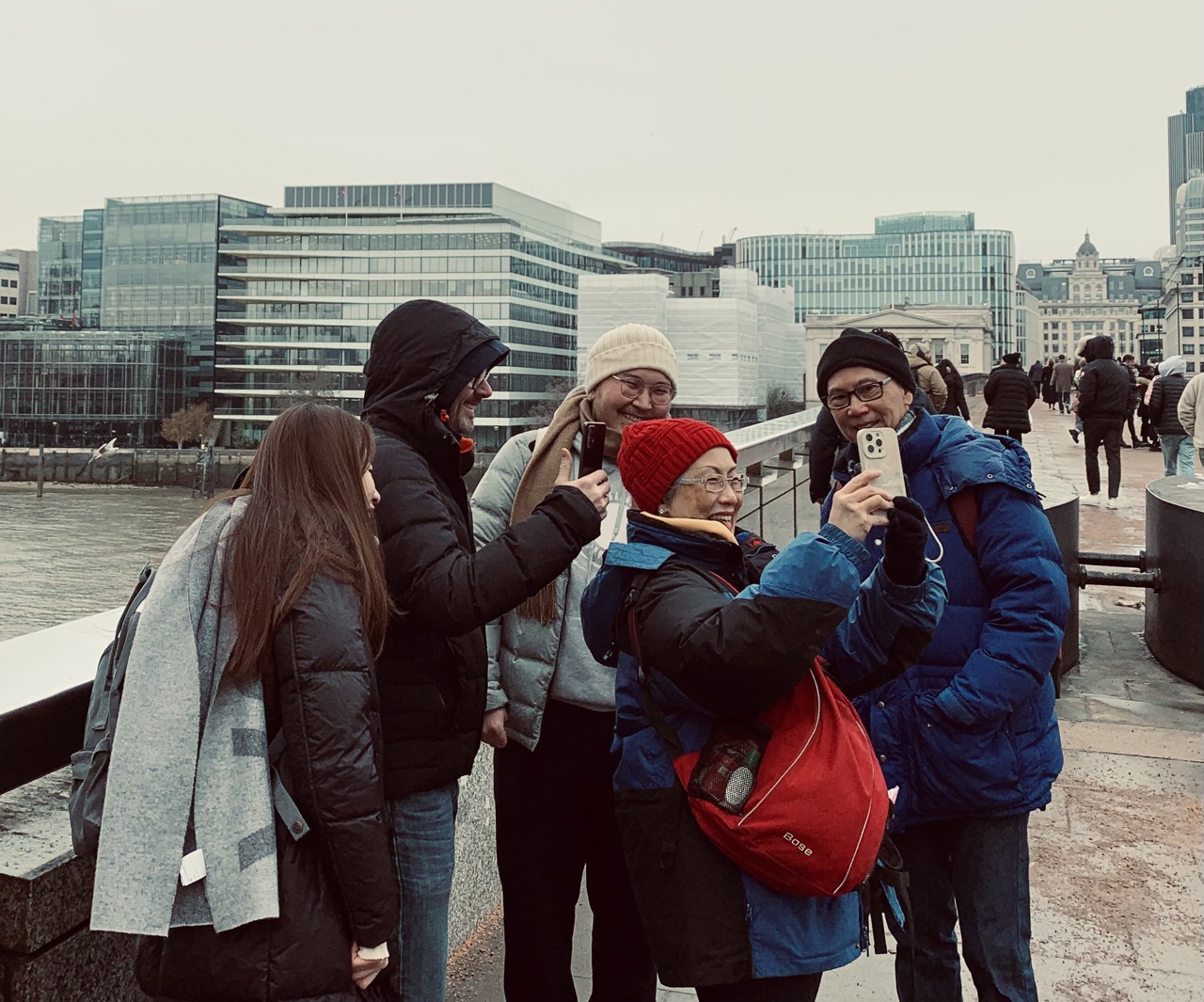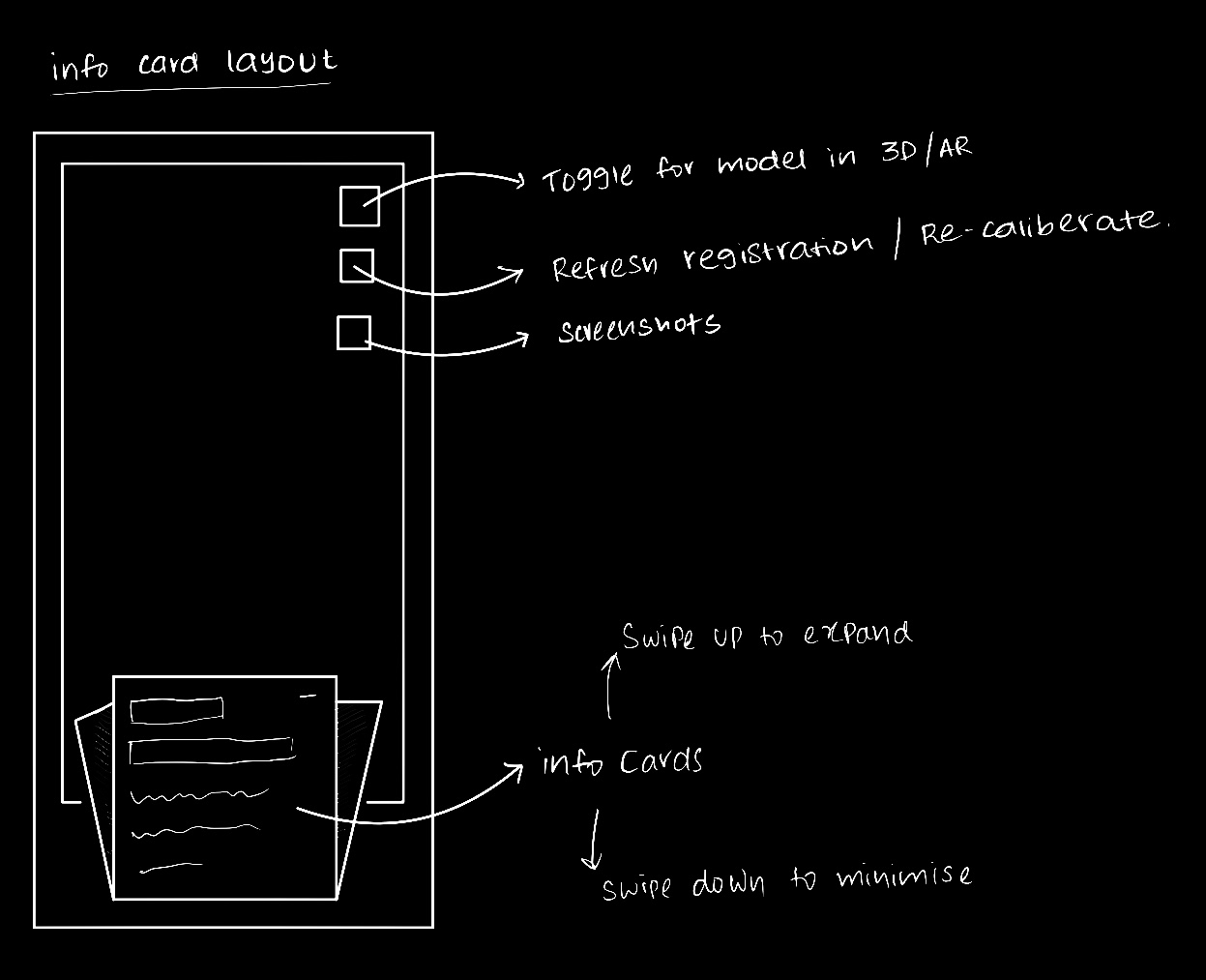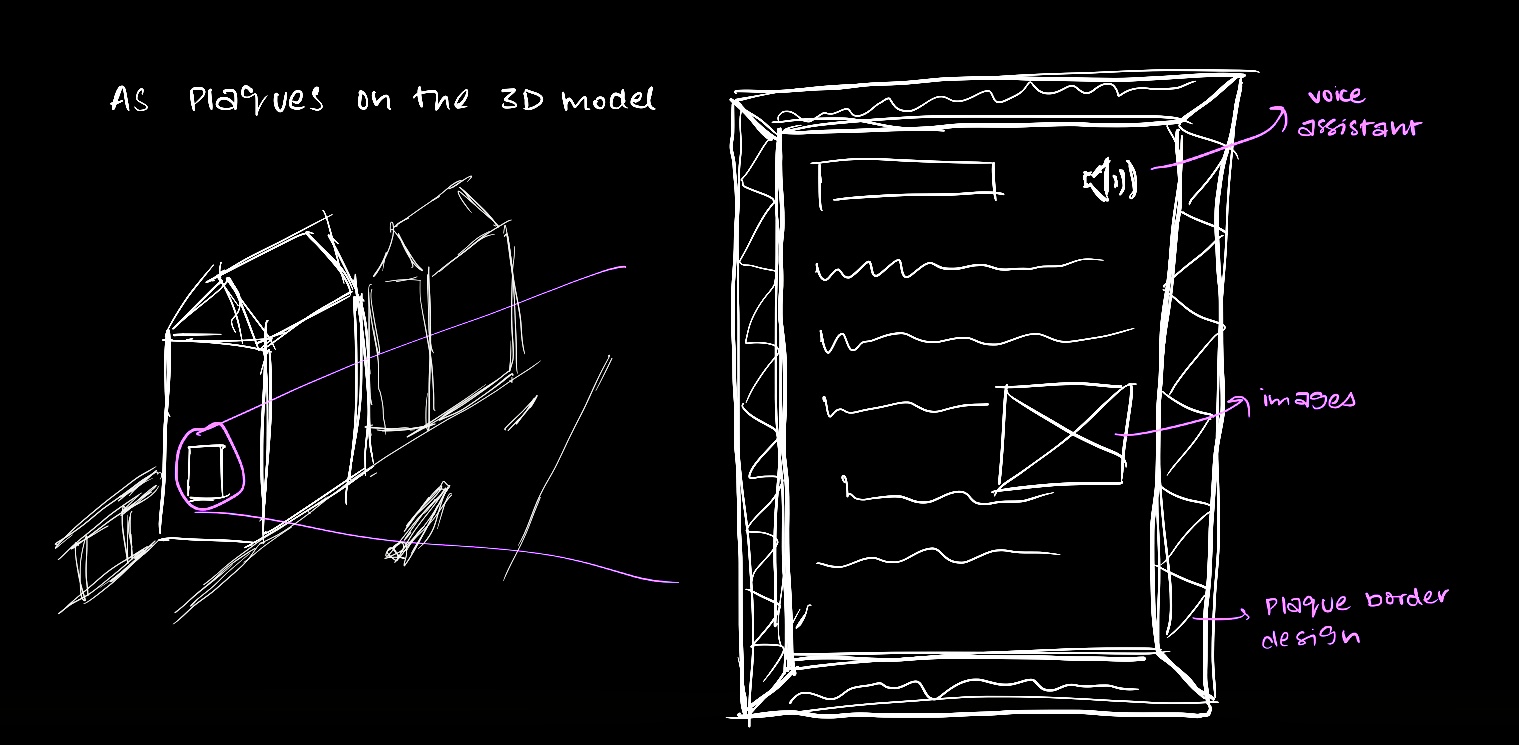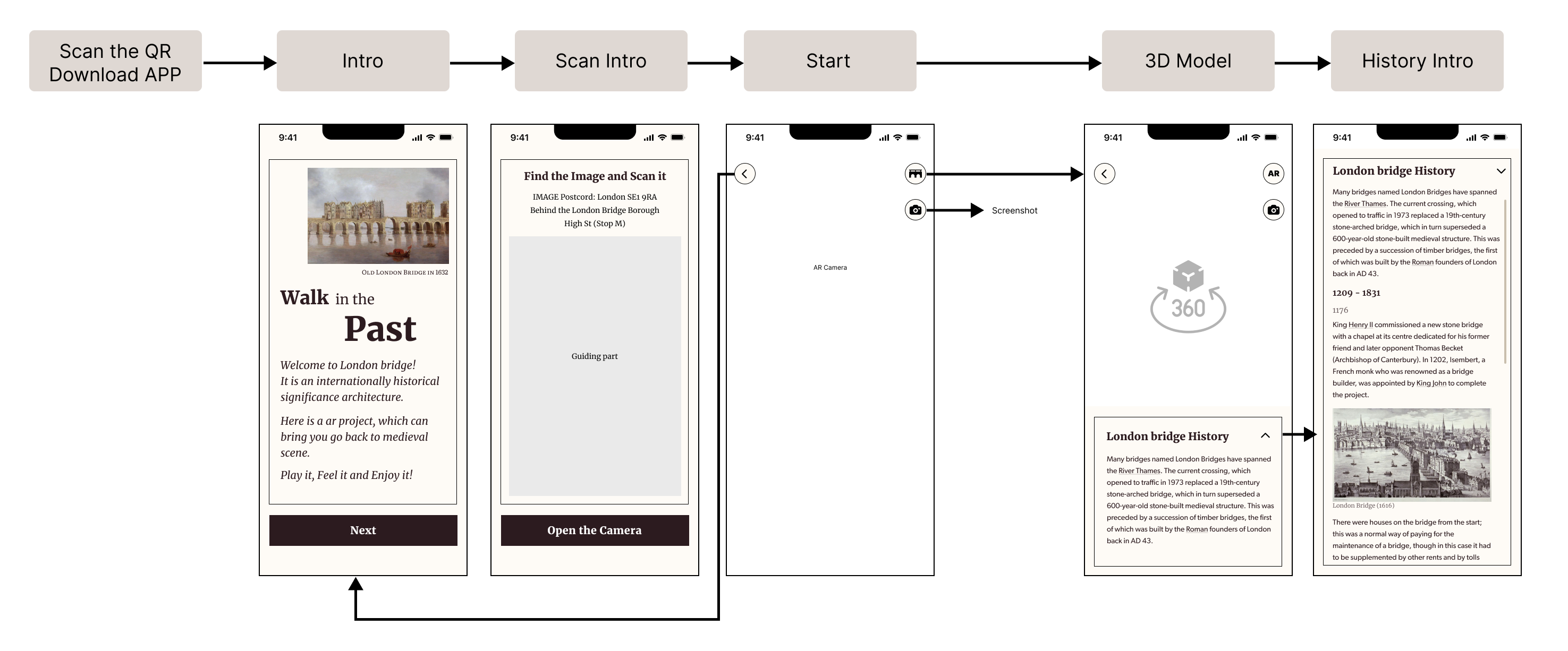Coming up with a project idea and researching on how to implement it. We explored the different AR features, such as Image Tracking and Plane detection.
We had a short trip to the London Bridge to scout the area and find a suitable spot where the 3D model would be registered. We also figured out a signage that we could use for image tracking
The 3D models for the houses on the London Bridge were built. The screens for the application were designed in Figma. The user flow was also finalised.
All the models were imported to Unity and we used the image tracking feature from the ARKit to trigger the scene. The Application screens were developed using the Unity UI builder.
The Unity application was compiled and built on our devices. We did a test run on-site to fix some bugs and make a few adjustments. When we were happy with the result we launched it.
